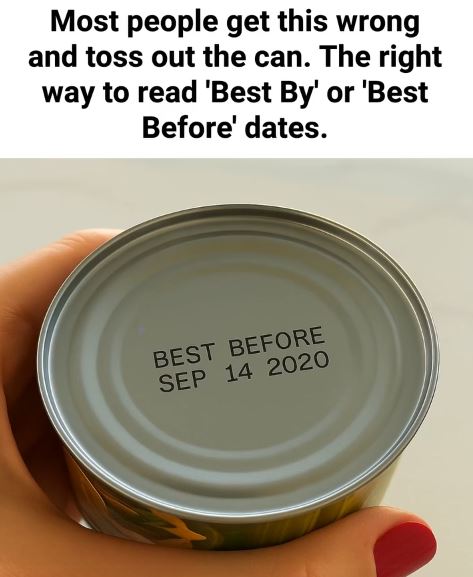That moment of pantry cleaning often leads to a small dilemma: what to do with the can of corn or soup that passed its printed date last year. The common reaction is to toss it out, fearing it’s a safety hazard. However, the truth about canned food expiration dates is more nuanced and could save you money and reduce food waste. In many instances, that can is still perfectly safe to eat long after the date on the label.
The key is understanding what those dates actually mean. Phrases like “Best By,” “Use By,” and “Sell By” are almost always indicators of peak quality, not a safety deadline. They are the manufacturer’s estimate of when the product will be at its freshest in terms of flavor and texture. As long as the can has been stored in a cool, dry place and remains in good condition, the food inside can remain safe for consumption for years. The high-heat process of canning is designed to destroy microorganisms and create a sterile, airtight environment that prevents spoilage.
Of course, this doesn’t mean canned food lasts forever. The contents do matter. High-acid foods, such as canned tomatoes or pineapple, will lose their desirable taste and color more quickly, typically within 12 to 18 months. Low-acid foods like green beans, carrots, and meats have a much longer shelf life and can often remain safe and palatable for two to five years past their date. The real expiration date is not printed on the can; it is signaled by the can itself. If a can is bulging at either end, leaking, deeply dented along the seams, or covered in rust, it should be discarded immediately. When you open it, if the contents smell off or show signs of mold, err on the side of caution and throw it away.
By shifting your focus from the printed date to the condition of the can, you can make smarter decisions in your kitchen. This simple change in perspective helps prevent unnecessary waste and stretches your grocery budget. The next time you find an outdated can, give it a quick inspection. Trust your senses—they are often the most reliable tool you have for determining if food is still good to eat.


